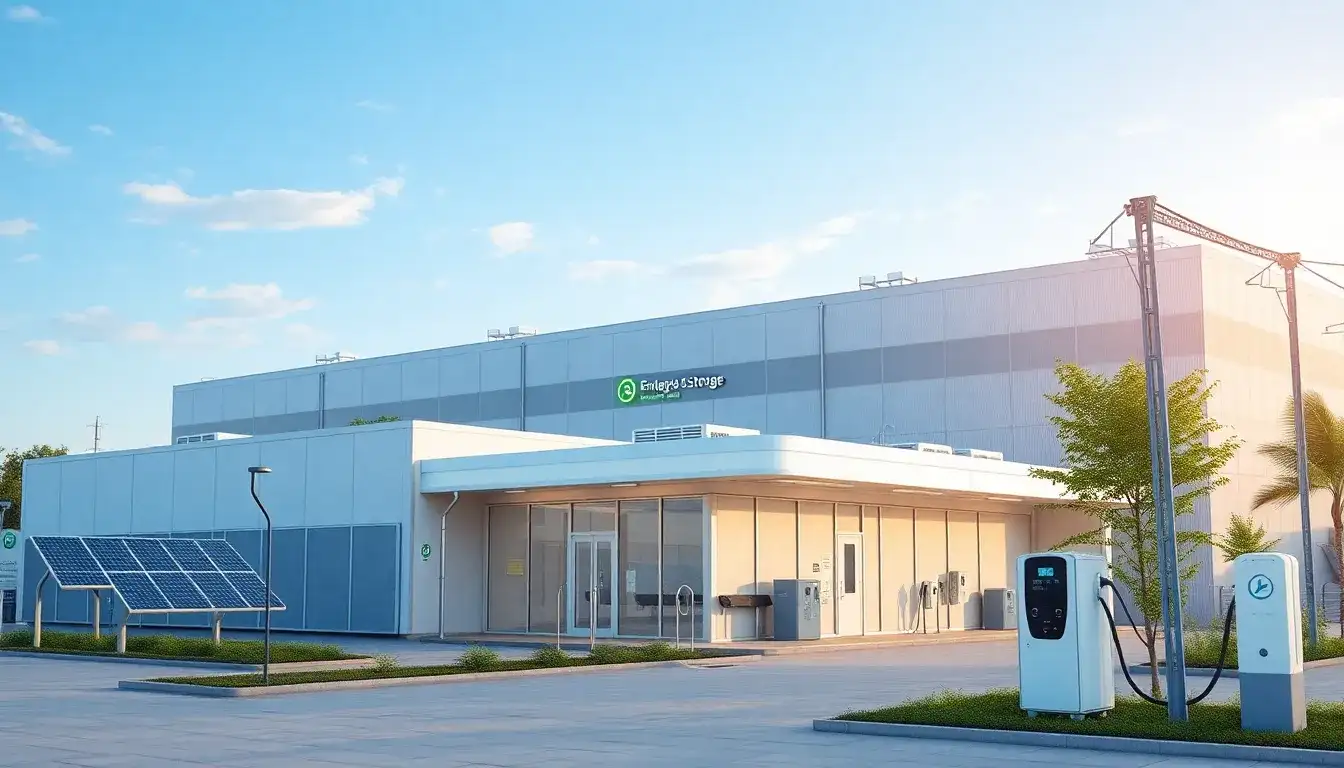
As we approach 2025, the commercial and industrial energy storage landscape is undergoing significant transformation. With the recent introduction of the new distributed photovoltaic management regulations and the implementation of comprehensive pricing reforms for renewable energy, the distributed energy market is entering a new phase of change that impacts the user-side energy storage market. For users, distributed photovoltaic systems must be utilized during peak hours and participate in the spot market, making the proactive integration of energy storage a prime strategy for maximizing returns.
However, several bottlenecks need addressing, including the registration of commercial storage projects, grid connection, capacity configuration, and revenue strategies. At the project development stage, the overwhelming variety of energy storage devices can serve as the first hurdle for many players. Selecting and configuring energy storage equipment is a complex process that involves considering various factors, including energy storage technology, user load characteristics, transformer capacity and quantity, grid connection voltage levels, and the technical parameters of commercial storage systems, all of which can significantly influence actual operational performance.
For instance, from a technical standpoint, lithium batteries are not the only available option for energy storage. Common technologies also include lead-carbon batteries, sodium-ion batteries, and flow batteries, allowing different clients to choose the most suitable energy storage technology based on their investment capabilities and specific needs. In terms of application scenarios, current mainstream solutions encompass microgrid storage, distribution area storage, and photovoltaic-storage-charging systems, each requiring tailored configuration strategies.
Take microgrid storage as an example; it must work in coordination with distributed energy sources to achieve self-sufficiency and feed excess electricity back into the grid for areas such as factories and industrial parks. Therefore, it is crucial to fully consider the generation characteristics of distributed energy sources and the electricity consumption needs of users during the configuration process. Additionally, the increasingly popular photovoltaic-storage-charging scenarios need careful consideration of the number and power of electric vehicle charging facilities, as well as the grid’s capacity to accept electricity.
Ultimately, energy storage projects should prioritize long-term operational revenue and safety. However, the returns and risk commitments currently offered to end users are often only theoretical. Only investors with expertise, integrity, and strong capabilities can mitigate risks while ensuring user profit-sharing. For example, profit-sharing is influenced not only by the contractual percentage but also by the efficiency of the battery, equipment failure rates, timeliness of maintenance, and operational charge-discharge strategies, all of which directly affect project revenues. Risks associated with equipment battery selection, integration quality, construction standards, and professional operation and maintenance practices can also significantly impact the safety and stability of the project.
The current commercial energy storage market continues to demonstrate immense demand potential. Companies adept at selecting energy storage devices and familiar with investment and operational risks will emerge as key market players. As a licensed financial institution with extensive experience in the energy storage sector, Huaxia Financial Leasing adheres to a project management philosophy focused on high quality and controllable costs. They have established a rigorous supplier selection process for equipment procurement, high standards for project construction, long-term maintenance practices, and robust financial support, ensuring the safety, reliability, and stability of energy storage stations.
To meet the increasingly diverse needs of clients across various industries, Huaxia Financial Leasing remains committed to a customer-centric calculation principle, avoiding the blind pursuit of short-term asset returns and scales. Their goal is to create optimal cost-reduction solutions and maximize user returns, providing comprehensive safety assurance for energy storage stations from equipment to assets, thereby enhancing market reputation through project quality and fostering an ecosystem of worry-free collaboration.
On April 16, 2025, Huaxia Financial Leasing will host the “New Opportunities in Energy Storage: Building a Green Ecosystem Together” conference in Hangzhou. At this event, they will unveil their energy storage project collaboration plans and join forces with industry peers to explore the trillion-dollar commercial energy storage market.
Event Details:
Date: April 16, 2025
Location: Hangzhou, Zhejiang
Organizer: Huaxia Financial Leasing Co., Ltd.
Co-organizers: North Star Power Network, North Star Energy Storage Network
For registration, add “Huaxia Financial Leasing” on WeChat to obtain the registration form.
For inquiries and news tips, please contact Ms. Chen via WeChat/Phone: 13693626116 or email: chenchen@bjxmail.com.
Subscribe to North Star Weekly to stay updated!
Disclaimer: North Star’s republishing of content from other websites is intended to disseminate more information rather than to endorse their viewpoints or verify their descriptions. The content is for reference only, and copyright belongs to the original authors. If there are any infringements, please contact us for removal. Content marked as originating from North Star must be authorized for reposting.







